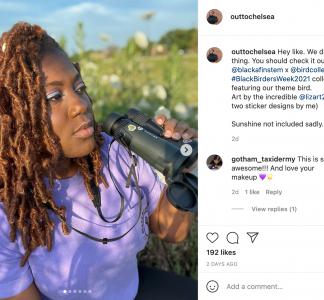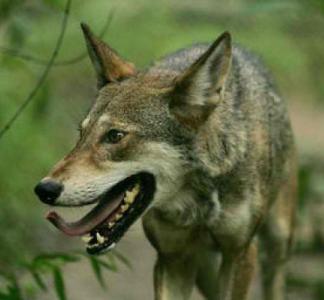Responsible hunting offers significant benefits for wildlife conservation
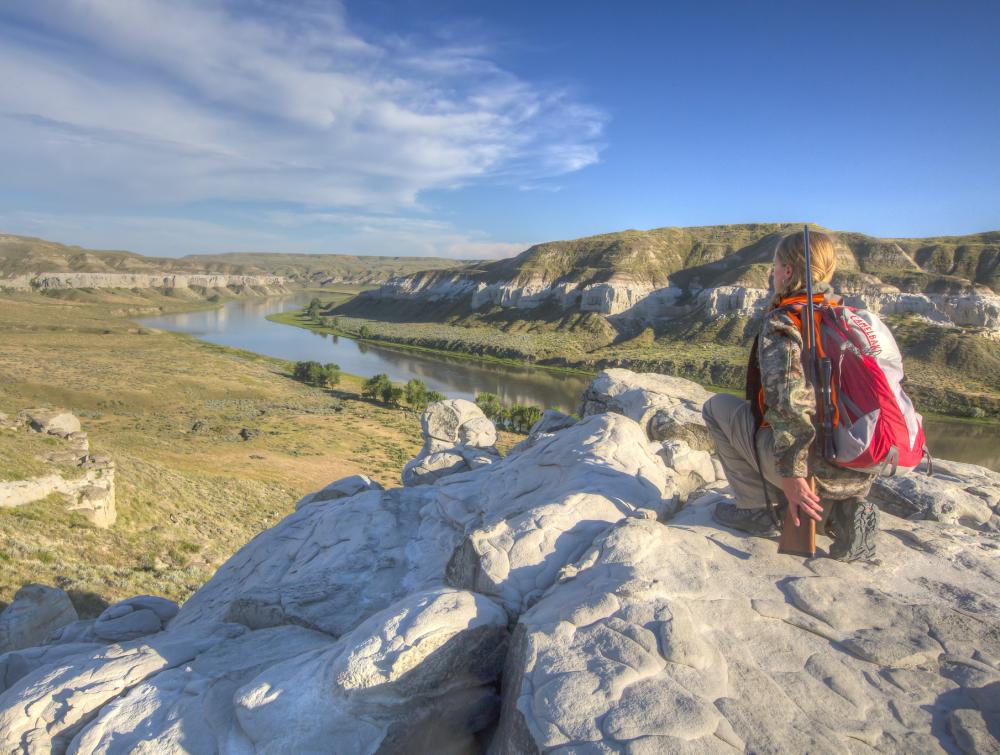
Hunting at Upper Missouri River Breaks in Montana.
Bob Wick, BLM
The popular sport helps agencies manage healthy wildlife populations
Conservation and hunting often go hand in hand in the United States. Responsible and regulated hunting practices contribute to the conservation of healthy wildlife populations, habitats and ecosystems. These practices also support conservation funding through fees and taxes on licenses and equipment. Hunting is also a major part of many cultures, traditions and communities across the country—hunters are often some of the strongest advocates for conservation and public land access because they want to ensure future generations can continue the traditions they hold dear.
Below we answer some questions that non-hunters may have about hunting and conservation.
How does hunting support conservation efforts?
In the US, hunters help fund conservation efforts through laws like the Pittman-Robertson Act, which channels funding from hunting equipment sales into wildlife conservation and habitat restoration programs. Since its enactment, this program has raised billions of dollars that are funneled into state wildlife agencies.
There’s also the Duck Stamp Act, which requires hunters to buy a federally-issued stamp before hunting for ducks, geese and other migratory waterfowl species. Most of the revenue from Duck Stamps goes directly to help acquire and protect wetland habitat and purchase conservation easements which limit development in important waterfowl habitat. For birdwatchers, conservationists and hunters alike, the annual release of the Duck Stamp is a highly anticipated event, drawing attention to the ongoing importance of preserving vital wetland ecosystems.
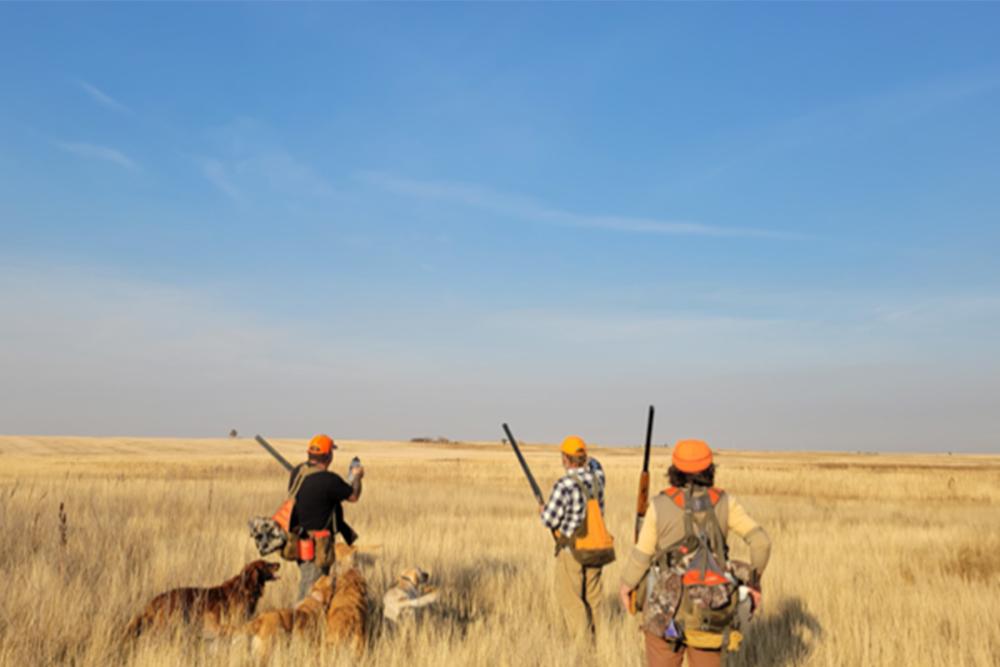
Pheasant hunting in Montana
Anne Carlson, TWS
Why is hunting important for maintaining healthy ecosystems and supporting wildlife management?
In a country that is largely without the full suite of natural predators, species like deer or elk can overpopulate forests and other wildlands, negatively impacting native plants and other wildlife. Hunting helps regulate wildlife populations.
Wildlife agencies use hunting as a tool to meet conservation goals. Biologists monitor wildlife populations and their habitats to establish hunting regulations, including species-specific quotas, regional limits and annual hunts, that prevent overpopulation. Without such controls, overpopulation can lead to increased disease transmission, habitat degradation, and starvation. For example, every fall, Parker River National Wildlife Refuge hosts an annual two-day deer hunt to control the booming deer population, which had exceeded the habitat's carrying capacity. Today, the deer population remains stable thanks to this long-term management approach.

Hunters walking through Katahdin Woods and Waters National Monument in Maine.
Credit Elliotsville Plantation, Inc.
How do traditional Indigenous hunting practices align with current conservation efforts?
Indigenous peoples have traditionally practiced sustainable hunting for millennia and their tribal hunting practice and traditions are often passed down from generation to generation. Indigenous hunting practices—like seasonal hunting regulations and rotating hunting grounds—have helped Indigenous peoples maintain healthy ecosystems for generations. Some Indigenous groups view hunting as a sacred act, often performing rituals to honor those animals. Some tribes use every part of the animal, ensuring that nothing is wasted. These practices are rooted in respect for nature to ensure species populations remain balanced.
Can hunting help preserve endangered species?
Certain types of regulated hunting can help protect endangered native wildlife and promote the recovery of ecosystems affected by overpopulation and/or invasive or non-native animals. Burmese pythons in Everglades National Park are an example of an invasive species. These snakes, originally introduced through the pet trade, have severely impacted local ecosystems. Studies show that pythons are probably the main reason populations of native mammals in the park have declined. That’s why wildlife officials have instituted programs, like the Python Patrol, to reduce python numbers and protect native wildlife that python prey on. All pythons must be humanely killed onsite.
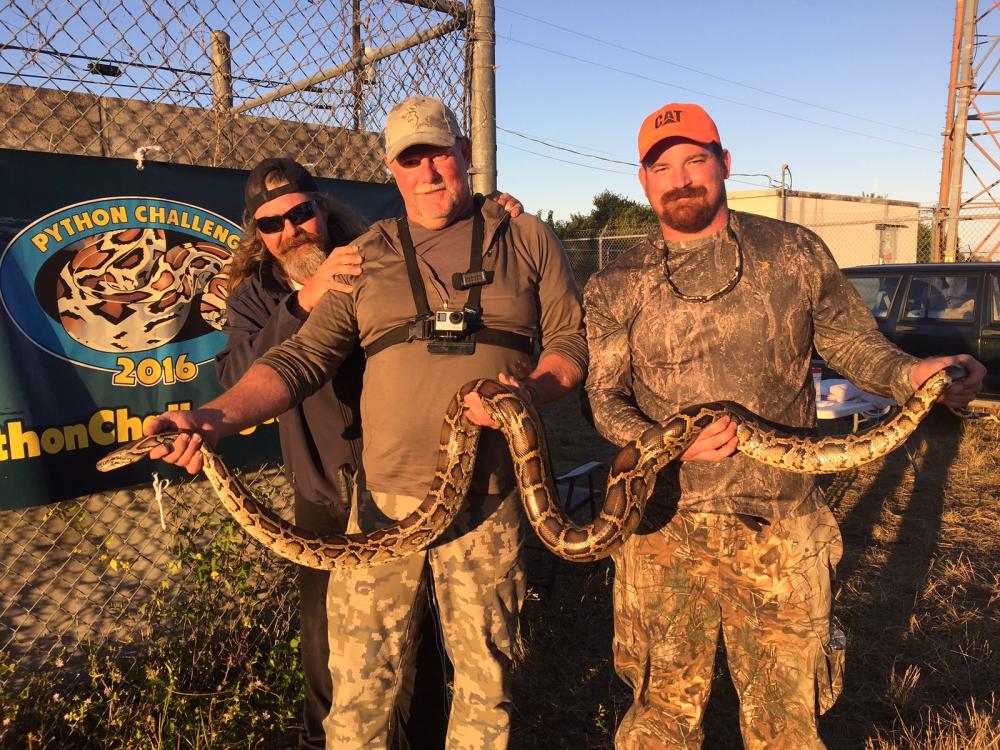
Holding a python during a Python Challenge in Florida.
Edward Mercer, FWC
And finally, why are public lands important for hunting?
Without public lands, millions of hunters would have nowhere to go. According to a 2016 survey, around 39.6 million people engaged in hunting or fishing that year. Of that number, 3.9 million (34%) hunted on public lands and about 1.5 million (13% of all hunters) only used public lands.
When public lands are given away or privatized, access to those places and outdoor activities—such as hunting—are no longer guaranteed. Federal and state wildlife agencies regulate hunting on these lands to ensure the sport’s long-term viability as well as to prevent wildlife overpopulation, protect habitats and contribute to biodiversity.
Responsible, regulated hunting supports conservation efforts and maintains healthy ecosystems. Following hunting regulations isn’t just about following the law; it’s about protecting habitats, ensuring wildlife populations remain balanced and safeguarding resources for future generations.

